
| If you haven't been quite up to date about what's new in human health and technology, then you're in for some surprising news. Scientists, as we know, are constantly looking for cures, solutions and improvements to certain health and body issues; and with technology having developed hugely in the digital age, researchers have more ways than ever to find the golden answer to the big questions of the day. Technology hasn't only improved our every day lives by the use of electronic tools and devices, and the intelligence of the web, it has also helped further refine the health field and opened up heaps of new possibilities. The following (rather unbelievable) developments have all been reported recently, and here they are before your very eyes. |
|
1. A new body part discovered |
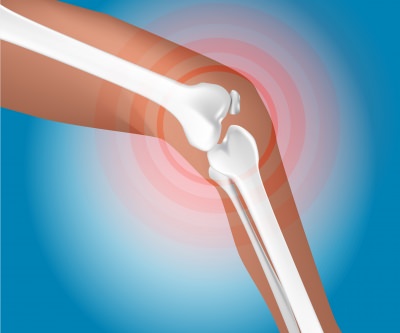 |
|
Strange as it may sound, studies have been recently expanding on the unfamiliarity of a particular part of the knee, drawing the interest of several researchers. A French surgeon named Paul Segond first referred to a "pearly, resistant fibrous band" found along the ligaments within the human knee, in his study back in 1879; and other scientists picked up his work nearly 150 years later, in 2013. Their findings confirmed a new human body part in the knee, that was identified by its special tissue and well-defined structure. That same year is also known for the curious discovery of yet another human body part - this time in the eye. This is the "Dua's Layer", a microscopic layer of the cornea that had not previously been detected. |
|
2. The much-awaited brain-computer interface |
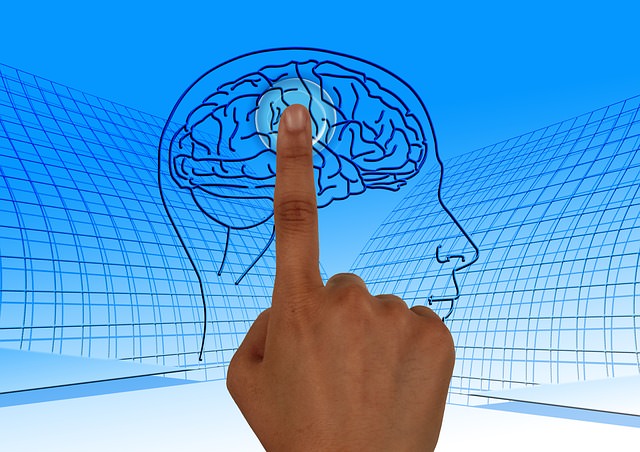 |
|
You might have heard about brain-computer interfaces, the arrival of which many have envisaged happening in the future. Apparently this 'future' wasn't so very far away, as new breakthroughs have ensured that the idea has now become reality. Scientists from the Korea University and Technological University in Germany came up with a new interface that allows humans to control an exoskeleton of the lower limbs through brain signals. These brain signals are recorded through an electroencephalogram (EEG) cap worn on the head, and are operated by having the user staring at one of five LEDs on the interface, representing different movements such as sitting or standing. Although it has only been tested on healthy individuals so far, the scientists' intentions are that it will help the disabled eventually. Image courtesy of scottchan at FreeDigitalPhotos.net |
|
3. A device that uses thought to move paralyzed limbs |
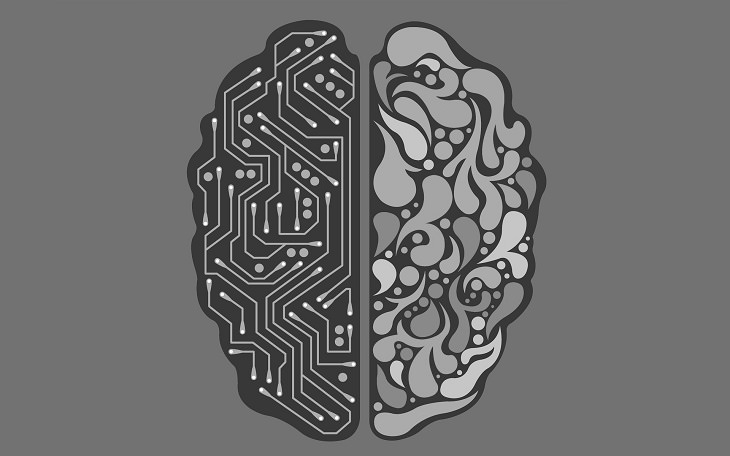
|
|
If you think the development of the brain-computer interface is surprising, this discovery will blow your mind. Now, it's not only possible to move parts of your body by using your eyes, it can also be done merely by thought. After the efforts between Ohio State University and Batelle, paralysed man Ian Burkhart became the first man in the world to succeed in bypassing the spinal cord and moving a limb using his thoughts. This amazing event happened in 2010, and can be seen in the above video. In order to make it possible, a chip had to be implanted in Burkhart's brain, right into the motor cortex, the part responsible for body movement. This required considerable time, effort and training, but the fascinating outcomes make it all worthwhile. Burkhart can now rotate his hand, make a fist and pinch his fingers together to grasp objects. |
|
4. A bacteria that helps smokers quit by eating nicotine |
 |
|
All chain smokers know how difficult it is to quit smoking. There may be products that can help aid the process, but 80% fail. Recent studies have found that a certain bacterial enzyme can make this process easier. This breakthrough happened in 2015, when researchers at the Skaggs Institute for Chemical Biology at the Scipps Research Institute discovered that this particular bacterial enzyme, found in the bacteria Pseudomonas putida, can consume nicotine before it ever reaches the brain. Because of this result, scientists hope that it will prevent the smokers' desire to smoke. Experiments on this enzyme using lab mice are currently ongoing to make sure there are no associated risks when using it. The first test results can be found in the Journal of the American Chemical Society. |
|
5. A universal vaccine for influenza |
 |
|
Influenza is a deadly viral illness that affects the nose, throat, and lungs, and it has also triggered various pandemics throughout history, such as the widespread 1918 pandemic. It's estimated that it has caused the death of an overwhelming 30-50 million people around the world. In 2012, with the help of technology, researchers from the University of Southampton, University of Oxford and Retroscreen Virology Ltd have found a new set of peptides (short chains of amino acids that are found on the structures of cells) on influenza viruses, which may lead to a solution to prevent influenza. The solution is the use of universal vaccines, which make the individual more immune to the illness. Current vaccines do not provide this immunity for a long time. However, it is envisioned that soon, it will be much more durable. |
|
6. A possible cure for Parkinson's Disease |
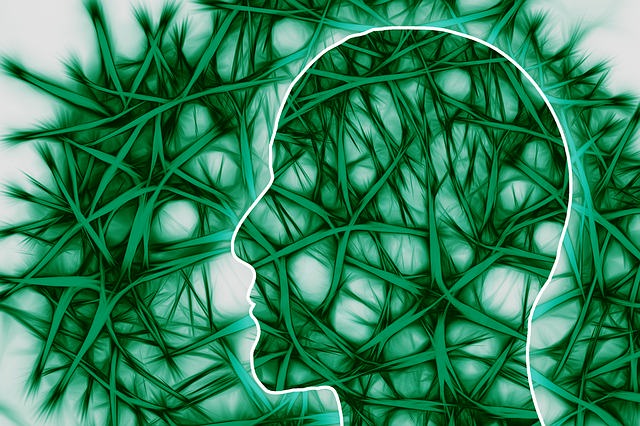 |
|
Parkinson's Disease is a condition that affects the neurons in the brain. A compound called dopamine dies off, and this causes symptoms such as rigid muscles, changes in speech and gait, and tremors in the body of sufferers, who are usually between 50 and 60 years of age. Although there are treatments for Parkinson's Disease, there is still no cure yet. However, it's something scientists are working hard to achieve. In 2014, scientists from the Max Planck Institute, the University Hospital Munster, and the University of Bielefeld created artificial neurons to use for testing in the brains of mice. They managed to reprogram these neurons in order to boost their compatibility. If this technique works, it would mean that neuroscientists have the capability of replacing diseased and damaged neurons with healthy cells, which could provide a cure for diseases like Parkinson's. |
|
7. An approved bionic eye |
|
Technological advances have even been busy making miracles happen, such as helping blind people see. A condition called retinis pigmentosa is a retinal disorder that causes loss of vision and even blindness, and it's also been the interest of scientists over the past few years. With the aim of finding an aid to this disorder, Argus II Retinal Prosthesis System was created in 2013. To the scientists' success, this can be considered as the world's first bionic eye approved by the Food and Drug Administration (F.D.A.). Its installation includes the implantation of a sheet of electrodes in the patient's eye, which is connected to a tiny camera fixed to a pair of glasses that has to be worn by the patient. The user of Argus II would be able to briefly see what is in front of him/her in patterns of light which are received in the brain. So far, this device is available in the United States and Canada, but it is set to be released throughout the rest of the world too. |
|
8. A painkiller that only uses light |
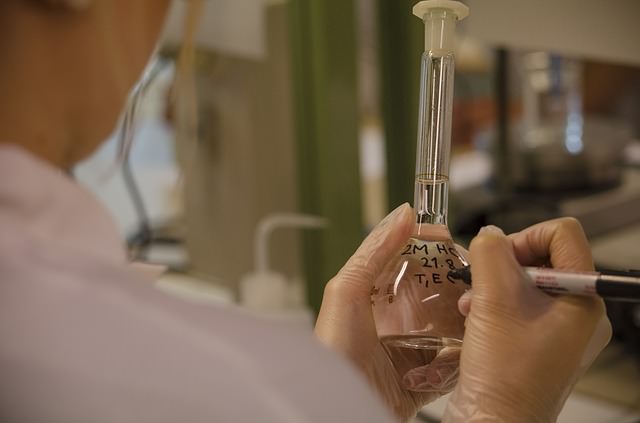 |
|
Doctors prescribe painkiller drugs to patients suffering from intense pain, however these very often have their own side-effects, and can even be addictive, with potential for abuse or withdrawal symptoms. Neuroscientists from the Washington University School of Medicine in St. Louis have found an alternative to these. They've discovered that if a light-sensitive protein is combined to opioid receptions in a test tube, they can create the same effect as painkiller drugs - but they use light instead. In order to make this work, an extremely tiny LED light would need to be implanted into the brain, and the receptor injected in the blood - a procedure that has been carried out on mice. In the near future, this technique could conceivably replace the painkillers used so widely today, so we can eliminate the numerous side-effects we get from drugs. More details of these findings can be found in the journal Neuron. |
|
9. An Artificial Ribosome |
|
Ribosomes are complex molecular machines found in all living cells, which contain two sub-units that use amino acids inside cells to build proteins via a process called translation. The process results in the production of polypeptide molecules (a chain of amino acids), and these form part of the genetic code of living things. These microscopic mechanisms can reveal lots of information about biological and cellular matters. For this reason, researchers Alexander Mankin (from the University of Illinois College of Pharmacy’s Center for Biomolecular Sciences) and Michael Jewett (from Northwestern University) have been trying to create the world's first artificial ribosome that sheds new light on how these molecular machines work, and they have now successfully achieved their goal. Their findings have been published in the prestigious journal Science. They hope that this research might eventually lead to the refining of future drugs and biological materials, and possibly even expand the genetic code in a transformative way. All in all, it's been a great leap forward in sythetic biology and biomolecular engineering. |
| 10. A bilateral hand transplant |
|
We've just seen cases in which patients manage to move their paralyzed limbs. But this story will just about exceed the expectations you have about science and the intelligence of our race. In 2015, scientists has even succeeded in functional transplants of limbs to people who have lost them. After contracting an infection at two years of age, which led to a kidney transplant, double amputation and him losing parts of his limbs including his two hands, eight-year-old Zion Harvey became the first child recipient of a bilateral hand transplant in history. Doctors at Penn Medicine used donor limbs, thanks to the Gift of Life Donor Program, to successfully give Zion his new hands. This was done through a 10-hour-long surgery which involved attaching the bones, blood vessels, nerves, and everything else that would succeed in making his hands function. The inspiring story of this courageous child, which can be seen in the video above, offers proof to anyone who finds it difficult to believe just how powerful modern science can be. |
H/T: Listverse